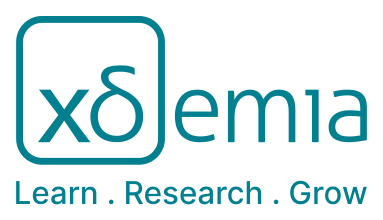Administrative procedures WT
7 Enrollments Level : IntermediateRelevance
The energy we can get from fossil fuels is finite. We are depleting our earth and the substances we burn are not coming back. Moreover, burning fossil fuels damages the environment. If we want to stop the exhaustion of our planet and avoid further pollution, the way forward is to use natural and inexhaustible energy sources such as wind, sun and the warmth of the earth. In terms of CO2 emissions, wind energy is by far one of the most interesting renewable energy sources.
The importance of renewable energy cannot be underestimated given the last energy crisis. Local production of renewable energy, such as wind power, reduces dependence on foreign energy and is an important link in absorbing highly fluctuating energy prices. Moreover, this will enable companies in Flanders remaining competitive against their competitors in foreign countries.
Abstract
Installing and connecting a wind turbine project will always have an impact on its surroundings. To predict, assess and monitor this impact, several administrative procedures apply. Although the exact content and rules differ region by region, trends will be comparable.
In this building block, students will get an overview of the main administrative procedures applicable to a wind project for the context of Flanders, also linking to the legislation in Europe and Wallonia at certain points. This Building Block serves as an example for Flanders: possible to apply on another country’s legislation or let students figure it out themselves.
Students gain insight into the different stakeholders involved in a wind project to get the kWh from the wind turbine through the grid to the consumer. Grid connection is also starting to become a concern in Flanders and Wallonia. Not just any wind project can be connected in any place at any time. The necessary studies and requirements for grid connection are explained.
Students are provided an overview of the key permits required for a wind project in Flanders (building and zoning permits, environmental impact assessment (EIA), construction permits, occupational health and safety permits). The permitting process is briefly explained, to conclude with permitting challenges and best practices.
Since connecting the wind turbine to the grid & obtaining the necessary permits becomes more & more challenging, an investment standstill in onshore wind turbines occurred in Flanders. To boost the installation of onshore wind energy, the Flemish government will again support new wind energy projects from 01/01/2026. The building block explains briefly the subsidy mechanism in Flanders & other governmental incentives for renewable energy investments.
Learning Outcomes
You can rank the stakeholders involved in a wind project to get the kWh from the wind turbine through the grid to consumers in the correct order.
You can identify correct statements in a set of statements with respect to grid connection, permitting, safety and the subsidy mechanism.
You can link the most important and necessary permits & studies to the correct content.
You can list at least 5 challenges to the permitting of a wind project.
Prior Knowledge
Basic knowledge of common terms specific for energy sector & wind energy.
Keywords
- Wind energy
- Wind Turbine
- Sustainable development
- Energy transition
- Standards
Elements
1. About this Building Block
About this Building Block
About this Building Block
